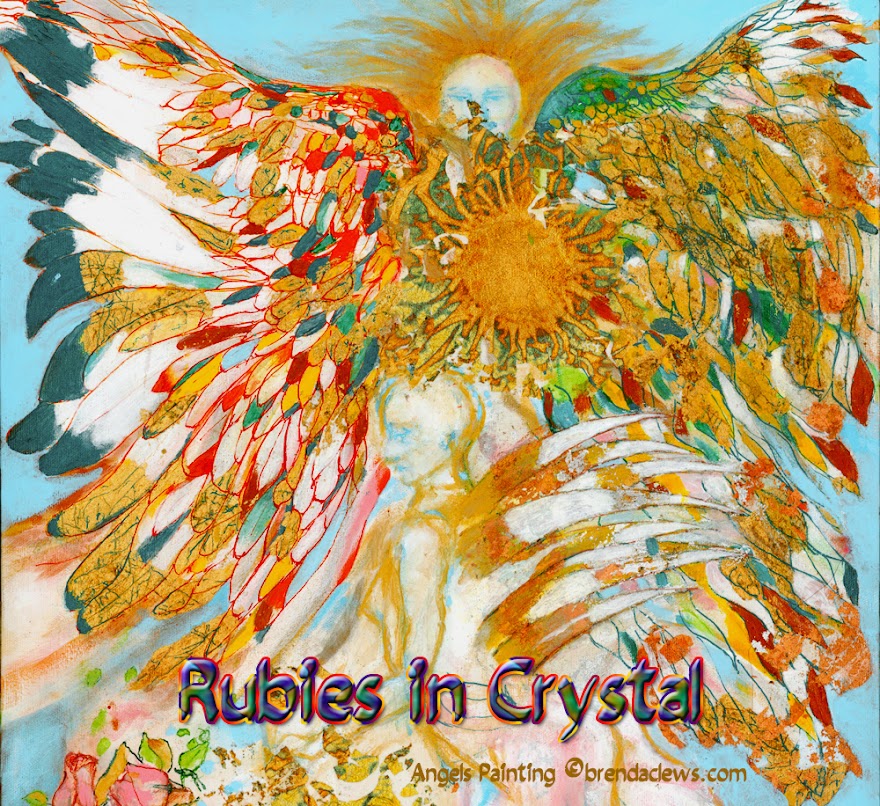Einsenstein criticises Griffith for...having conceived of...unity in a completely extrinsic way as a unity of collection, the gathering together of juxtaposed parts, and not as a unity of production, a cell which produces its own parts by division, differentiation; for having interpreted opposition as an accident and not as the internal motive force by which the divided unity forms a new unity on another level....Eisenstein retains Griffith's idea of an organic composition or assemblage of movement-images: from the general situation [situation d'ensemble] to the transformed situation, through the development and transcendence of the oppositions. But it is true that Griffith did not see the dialectical nature of the organism and its composition. The organic is indeed a great spiral, but the spiral should be conceived of 'scientifically' and not empirically, in terms of a law of genesis, growth and development.In my exploration of the potential of video in the production of a visual moving-poem, I have surely relied on juxtaposition. The field of film is so vast I didn't know where to begin. I had to teach myself the editing software as I sought ways to present my poetry in an enhanced videopoetic form. With the little footage I shot, I created videopoetry montages of essentially juxtapositions - images, moving or slowed or stilled, layered over each other with various opacities, tracks of the reading of the poetry and sometimes the visual text itself, and music. I hoped that through intelligent juxtapositions I might arrive at a unity of form that disassembled even as it assembled a series of images and thoughts through its duration (meaning in the techniques of layering where there is a new unity that, because you can see the different layers, maintains a separation of the parts that constitute it).
Gilles Deleuze, Cinema 1, The Movement-Image, trans. Hugh Tomlinson and Barbara Habberjam (first published in France in 1983). Minneapolis: University of Minnesota Press, 1986, pp.32-33.
I tried to keep my videopoems short. As I strived for simplicity and enough activity to keep the viewer watching, I perhaps forgot what Deleuze speaks of.
I constructed rather than composed. I layered juxtaposed images rather than creating from a vision that emanates its unity from within.
But this is modern art - collages of images, juxtapositions of ideas, thoughts, various forms of intersplicing the conversations of the culture. It's okay to allow oneself to swim in this field of rich imageries in diverse fields and to take from here and there as one constructs a piece.
When I write a poem, I begin with an image and then allow the images, ideas to develop of their own volition - I never know where the poem is going, or how it will get wherever it might. I do not live my life with teleologies (goals, ends in mind) and nor does my poetry proceed this way. This way of working is also how I compose videopoems. I don't storyboard, or have any preconceived ideas of what images or footage I might go out and videotape to express whatever it is that is emerging.
Rather, my videopoetique is closer to something created out of found art (even if I've shot all the video), or at least that's how I've approached it thus far.
In my profile at YouTube I wrote:
To me, the videopoem turns back the monstration of film, in which narrative develops visually without language. It attempts to marry word and image. The true videopoem, in my view, is not of pictorial scenes illustrating the narratorial sequences of poetry, but of unique and different partners who combine in a new art form. We move beyond the illustrator's art. We are not 'giving a visual' for 'a poetic line.' The two, visual and verbal, connect not as simile, like to like, or allegory, this represents that, but as metaphor, surprising leaps that unfold new possibilities.
And this I still emphatically mean. We are exploring a new art form.
But reading Deleuze's book -Deleuze, where I turn for ideas, for philosophical depth- has caused me to think of ways to express unities by considering opposites like these: construction and composition; found and built; accidental and planned; juxtaposition of found images and organic unity; and so on.
A small collection of my videopoems, beginning with the most recent.


